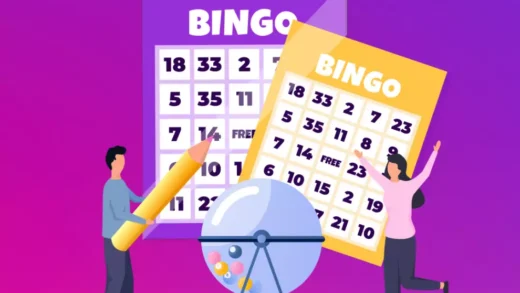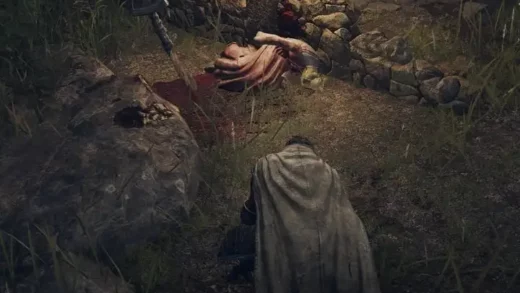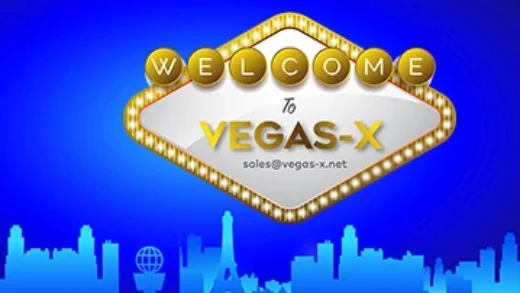Dust 2, also known as CSGO Callouts Dust 2, has remained an iconic and beloved map in the Counter-Strike series, captivating players across different game versions.
Renowned for its strategic layout and enduring popularity, Dust 2 has become a benchmark for map design in first-person shooter games.
In this comprehensive guide, we will delve into the essential callouts on Dust 2, equipping new players with the knowledge to navigate key locations and enhance communication with their teammates.
By mastering these callouts, you can provide accurate information about enemy positions, effectively coordinate strategies, and gain a significant competitive edge in Counter-Strike: Global Offensive.
Understanding the Layout of CSGO Callouts Dust 2
To navigate Dust 2 effectively, it is crucial to grasp the map’s layout and key areas. Let’s delve into the different sections and callouts commonly used by players.
T Spawn
T Spawn serves as the initial spawn point for the opposing team. It is the starting point from which strategies are coordinated and gameplay approaches are executed.
Suicide
The Suicide area is known for its high risk. It poses a significant threat to players rushing through, as CT players positioned in CT Mid can easily eliminate them. This callout emphasizes the need for caution when traversing this vulnerable region.
Right Side Mid/Green
Located at Top Mid, the Right Side Mid/Green callout refers to a specific area distinguished by a green box. This callout aids in coordinating Mid strategies and serves as a reference point for team communication.
Top Mid (Barrels, Palm)
Top Mid refers to the area situated above the mid-ramp. The callouts Barrels and Palm are associated with specific spots within this location. Barrels are popular for sniping, offering valuable information to relay to your teammates, while Palm serves as an identifying feature in the current version of the game.
Xbox
The Xbox callout derives its name from the “X” marked on the side of a box in this area. This distinct landmark assists in relaying critical information to teammates and contributes to effective communication during gameplay.
Catwalk (Cat)
The Catwalk callout draws inspiration from its resemblance to a catwalk, featuring a low and narrow wall that can be traversed swiftly. This callout helps players communicate their positions and movements effectively.
Outside Long
The Outside Long area features a car that serves as a landmark. This callout aids in conveying information about the enemy presence and provides a hiding spot for securing strategic advantages or kills.
Long Doors
Long Doors refers to an area with a box that can be used for boosting. It serves as a valuable spot for defenders and attackers to gain an advantageous position, making it an important callout during gameplay.
Blue (Blue Box)
Blue Box is a callout associated with a blue-colored box in a specific chamber. This distinct feature aids in coordinating strategies, relaying information, and facilitating effective team communication.
Pit (and Side Pit, Pit Plat)
The Pit area comprises three sections: Pit, Side Pit, and Pit Plat. These spots offer numerous camping options and play a crucial role in strategic positioning during both defensive and offensive gameplay.
Long Corner
Long Corner is a popular camping spot near Long Doors. As CTs often guard this location, it is important to exercise caution when approaching or defending against opponents in this area.
A Long
A Long refers to the expansive and exposed area leading to the A Site. Due to its vulnerable nature, it is recommended to use smoke and flash grenades to ensure safe passage and enhance the chances of a successful offensive push.
A Car
This callout is specific to a position that did not exist in the original Counter-Strike version of Dust 2. It serves as a valuable landmark for communication and planning strategies.
A Cross
A Cross refers to a critical junction that presents potential hazards from all directions. This callout emphasizes the need for vigilance and coordination when navigating this area.
Elevator/Boost/Pocket
Elevator/Boost/Pocket represents a versatile hiding spot with multiple names. Players can utilize this location to surprise opponents by sneaking a boost with their teammates, allowing for strategic advantages during gameplay.
Short Boost
The Short Boost spot is ideal for boosting and rushing Short as a CT. However, it can also pose challenges when defending Short from this location, making it a thrilling and tactically engaging spot on the map.
A Ramp
A Ramp designates the slope leading up to the A Site. Identifying opponents hiding behind the box aids in planning effective strategies and coordinating team movements.
A Default Plant
A Default Plant serves as a specific callout for the default bomb plant location on A. It enhances communication by providing a distinct reference point for bomb planting and strategizing.
Goose
The Goose location is named after Minh Le, one of the original creators of Counter-Strike, who went by the nickname “Goose.” This callout is associated with the presence of graffiti art depicting a goose in earlier versions of the game, making it an easily recognizable and memorable position.
Ninja
Ninja refers to a hidden spot in Long that opponents often overlook. It presents opportunities for successful defusing strategies due to its concealed nature. Employing smoke and flash grenades can increase the chances of executing a Ninja defuse.
A Short
A Short encompasses the section before or after the stairs on Short. Differentiating between T Short and CT Short aids in precise communication and the development of effective strategies.
Stairs
Stairs is a significant location on Dust 2, featuring Box Stairs or Boost Stairs, which can be effective against opponents in Lower Tunnel. Checking underneath the stairs is crucial to identify crouching opponents and remain vigilant during gameplay.
ALSO READ: Play Eggy Car unblocked game free without Ads.
Conclusion On CSGO Callouts Dust 2
Mastering the callouts on Dust 2 is essential for effective communication and successful gameplay in Counter-Strike: Global Offensive.
By familiarizing yourself with these key locations and using precise callouts, you can coordinate strategies, relay crucial information to your teammates, and gain a significant competitive advantage.
Whether you are a new player or seeking to enhance your Dust 2 gameplay, this comprehensive guide equips you with the knowledge to navigate the map with confidence and optimize teamwork in the thrilling world of Counter-Strike.
FAQs On CSGO Callouts Dust 2:
Q1. What are CSGO Callouts Dust 2?
A1. CSGO Callouts Dust 2 refers to players’ specific terms or designations to communicate with their teammates regarding enemy positions, tactics, or important locations on the Dust 2 map in Counter-Strike: Global Offensive. These callouts serve as a means of effective communication during gameplay.
Q2. Why are callouts important in CSGO Callouts Dust 2?
A2. Callouts hold significant importance in CSGO Callouts Dust 2 as they enable players to convey precise information about enemy whereabouts and movements to their teammates.
This communication facilitates coordinated strategies, well-planned attacks or defenses, and quick decision-making, ultimately leading to enhanced teamwork and greater chances of success.
Q3. How do players learn CSGO Callouts Dust 2?
A3. Players acquire knowledge of CSGO Callouts Dust 2 through various methods, such as:
- Actively engaging in gameplay on the Dust 2 map and paying attention to the callouts used by fellow teammates.
- Watching professional Counter-Strike matches or gameplay videos where experienced players effectively employ callouts.
- Studying map guides, tutorials, or online resources that offer comprehensive explanations and visual references of the Dust 2 callouts.
Q4. What are some of the most significant CSGO Callouts Dust 2?
A4. Some crucial CSGO Callouts Dust 2 include T Spawn, Mid Doors, Long Doors, A Site, A Ramp, CT Spawn, CT Mid, and B Site.
These callouts are widely used and form the foundation of communication and strategic planning on Dust 2. Familiarizing oneself with these key callouts is essential for an enriched gameplay experience.
Q5. Can callouts change over time in CSGO Callouts Dust 2?
A5. While the core callouts on Dust 2 generally remain consistent, the community can develop new or alternative callouts.
These changes may arise as strategies evolve, previously unknown positions are discovered, or specific landmarks gain prominence. Staying connected with the community, professional players, and map updates can help players stay updated on any evolving callouts on Dust 2.
Q6. How can accurate callouts improve gameplay in CSGO Callouts Dust 2?
A6. Accurate callouts play a vital role in enhancing gameplay in CSGO Callouts Dust 2.
Precise information about enemy positions enables teammates to formulate effective strategies, plan rotations, and coordinate attacks or defenses more efficiently. This fosters team coordination, situational awareness, and the ability to effectively counter opponents.
Remember, consistent practice, active communication, and a deep understanding of the callouts on Dust 2 are key to becoming a skilled player in Counter-Strike: Global Offensive.
ALSO READ: Key Information To Understand About Unblocked Games 66



